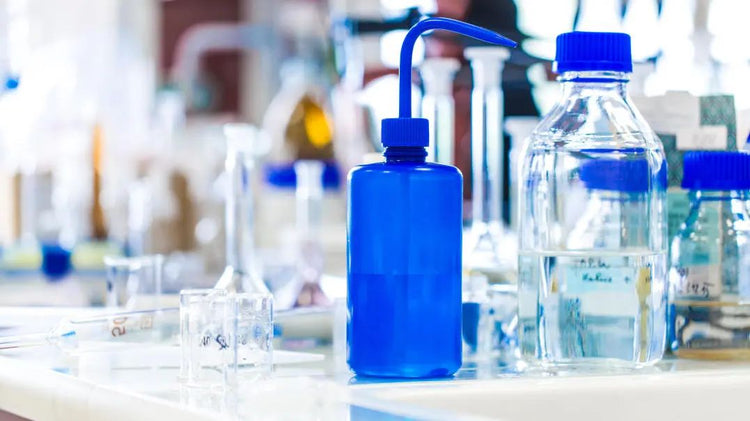
How to Achieve Optimal Mobile Phase Performance: 6 Key Points

Hello, everyone,
Today, I'm sharing with you
The filtration, storage, degassing,
and replacement precautions of the mobile phase.
- Filtration of the mobile phase
The storage of the mobile phase should be based on the subsequent experiments, selecting appropriate storage containers. For liquid chromatography, glass solvent bottles are generally chosen, while for ion chromatography eluents, polypropylene eluent containers are preferred. The storage containers must be tightly sealed to prevent solvent evaporation, which can harm individuals, cause changes in composition, and prevent oxygen and carbon dioxide from dissolving into the mobile phase.
Phosphate and acetate buffer solutions are prone to mold growth and should be freshly prepared and used whenever possible, rather than being stored. Containers should be regularly cleaned, especially bottles containing water, buffer solutions, and mixed solutions, to remove impurities and possible microbial growth at the bottom.
The mobile phase used in HPLC must be degassed before use, otherwise, bubbles may escape into the system, affecting the pump's operation. Bubbles can affect detector sensitivity, baseline stability, and may even make detection impossible. Dissolved gases can also cause changes in the solvent's pH, leading to errors in separation or analysis results.
Dissolved oxygen in the mobile phase can react with samples, the mobile phase itself, and even the stationary phase such as alkylamines. Dissolved oxygen can form complexes with certain solvents such as methanol and tetrahydrofuran, which absorb UV light. In fluorescence detection, dissolved oxygen can cause quenching under certain conditions. In electrochemical detection, especially in reduction electrochemistry, the effect of oxygen is even more significant.
04 Common degassing methods
